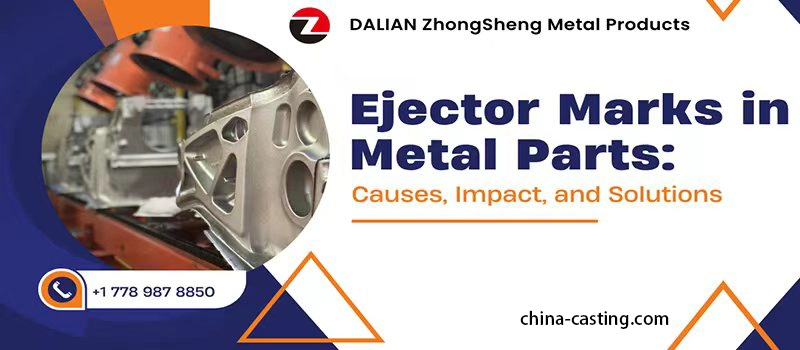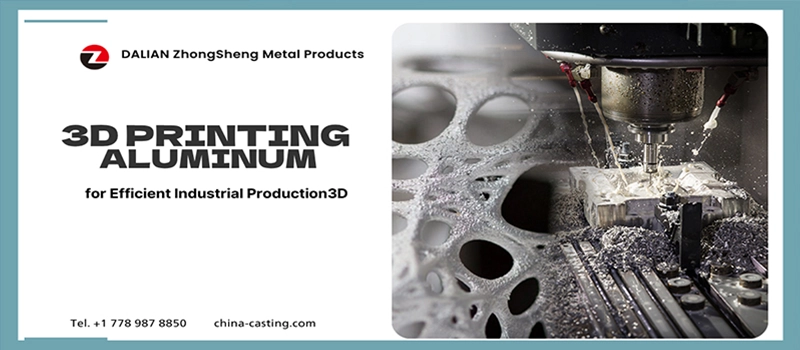Metal defects are often invisible to the naked eye—but their impact on production costs, quality, and customer satisfaction is very real. Have you ever had to scrap an entire batch of castings or re-machine a component due to hidden structural flaws? If so, you already know how expensive and time-consuming undetected problems can be.
In today’s competitive industrial landscape, using a metallographic analyzer is no longer optional—it’s essential. This advanced inspection tool helps us detect microstructural defects in metal parts before they become costly failures. Whether you’re working with casting, machining, forging, or sheet metal, the metallographic analyzer plays a critical role in minimizing scrap, improving consistency, and protecting your bottom line.
At our factory, quality control is a core priority. We don’t rely solely on surface-level inspections or guesswork. A metallographic analyzer allows us to inspect the internal structure of metal parts with high precision—giving us the confidence that every part we ship meets exacting standards. The result? Fewer reworks, fewer returns, and a stronger reputation with every order fulfilled.
What is a Metallographic Analyzer?
A metallographic analyzer is an industrial tool used to examine the internal structure of metal parts. It helps us detect defects like porosity, cracks, or grain deformation—problems that often go unnoticed during surface inspection.
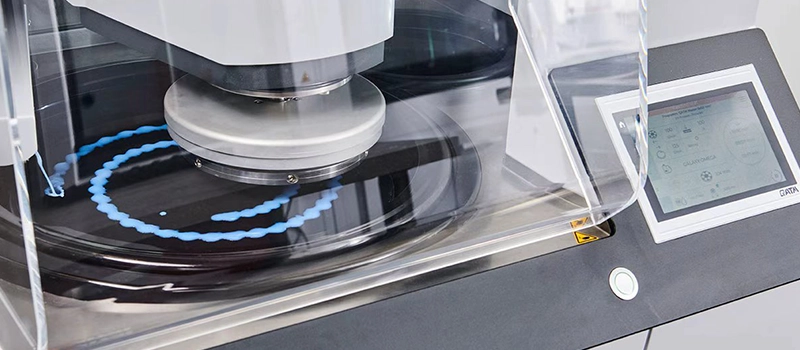
We use it after machining, casting, or forging to confirm whether the metal’s microstructure meets required specs. Especially in early production or spot checks, it allows our team to catch internal flaws before they move downstream.
This isn’t just lab equipment. In our workflow, the metallographic analyzer is part of routine quality control. It’s used when a part fails during assembly, when we test new materials, or when a customer needs structural data for documentation.
Metallographic Analyzer vs Visual Inspection
Visual checks are quick but limited. They show surface cracks or irregular finishes. A metallographic analyzer, on the other hand, tells us what’s happening inside the part—like whether grains are properly aligned after forging or if a weld caused internal stress.
It fills the gap between surface quality and structural integrity. Without it, small internal defects could lead to larger equipment failure once the part is in use.
Why Use a Metallographic Analyzer in Metal Manufacturing?
Need Help? We’re Here for You!
In metal production, small internal defects often lead to major performance failures. A metallographic analyzer gives us the ability to detect these issues before they leave the factory. That alone makes it a valuable part of our quality system.
We rely on it most during casting and forging, where material behavior isn’t always predictable. Even with perfect surface finishes, the internal grain structure or trapped gas pockets can create weak points. The analyzer helps us find those issues early—before they reach a customer or trigger a recall.
What Kind of Defects Does It Detect?
Typical defects include porosity, non-metallic inclusions, shrinkage cavities, and irregular grain flow. These are common in casting but can also appear in machined parts if the base material has inconsistencies.
For example, we’ve had cast housings that passed pressure tests but later cracked under vibration. When inspected with the metallographic analyzer, we found uneven grain boundaries that led to early fatigue. Since then, we’ve made microstructure checks a standard step in similar projects.

Practical Gains in Cost and Consistency
Every defective part that leaves the factory costs us more than just material. There’s shipping, replacement, labor rework, and reputation damage. A metallographic analyzer adds a layer of control that helps prevent those losses.
It also supports consistency in mass production. Once we set a standard for grain size or phase distribution, we can use the analyzer to compare random samples and verify that each batch is within spec. Over time, this lowers rejection rates and builds confidence with buyers.
How a Metallographic Analyzer Works
Using a metallographic analyzer starts with sample preparation. We cut a small section from the metal part, embed it in resin, then grind and polish it until the surface is smooth and reflective. This exposes the internal structure without altering it.
Once prepared, the sample is placed under the analyzer—typically an optical or digital microscope equipped with imaging software. We adjust magnification based on the type of defect we’re checking for. Grain structure, inclusions, and phase distribution all appear under the lens with high clarity.
In our factory, the process is handled by trained QC staff. They follow a consistent routine to keep measurements accurate across different batches. For castings, they often etch the sample to highlight specific features, like ferrite or pearlite boundaries. For forged parts, they check grain flow direction and look for distortion caused by overworking or poor heat treatment.
Tools and Technology
Most modern metallographic analyzers include image capture, measurement tools, and automatic reporting. This makes it easier to document each inspection. We often send these images to customers who need structural confirmation for their own audits.
We’ve used both manual and semi-automatic systems. Manual systems give us flexibility for varied part sizes. Semi-automatic ones are faster for repetitive checks on large batches. The choice depends on volume and inspection depth.
In short, the analyzer does more than just magnify. It provides hard data that supports both process improvement and product validation.
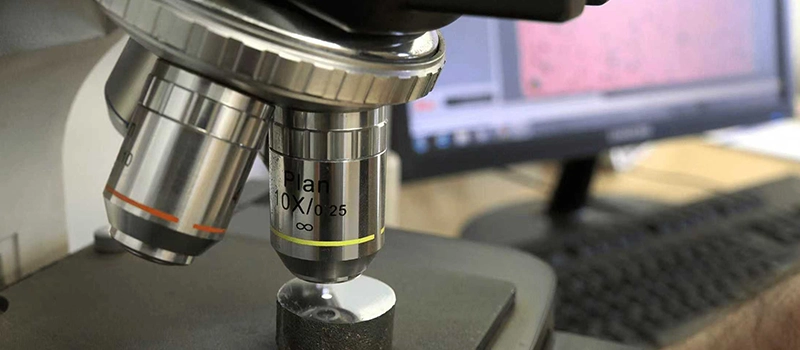
Types of Metallographic Analyzers
Choosing the right type of metallographic analyzer depends on your production scale, inspection frequency, and material types. While the core function remains the same—analyzing a metal’s internal structure—the form and features of each model vary based on how it’s used in the factory.
We typically group them into three categories: manual, semi-automatic, and fully automatic systems. Each has clear advantages depending on the quality control needs of the operation.
Manual Metallographic Analyzers
These are the most basic type. They rely heavily on operator skill for sample positioning, focusing, and defect recognition. We use manual analyzers in development stages or for small-batch inspections. They’re cost-effective and flexible, especially when dealing with varying part geometries or materials.
However, they require more training and time per sample. Inconsistent operation between technicians can also affect inspection reliability if not standardized.
Semi-Automatic Systems
Semi-automatic metallographic analyzers add motorized controls and digital software that assist with focusing, image capturing, and measurements. These are well-suited to mid-volume production where inspection efficiency matters but full automation isn’t necessary.
We prefer this type when inspecting repeat orders of cast parts or forged components. The automation improves consistency, and the software reduces time spent on manual documentation.
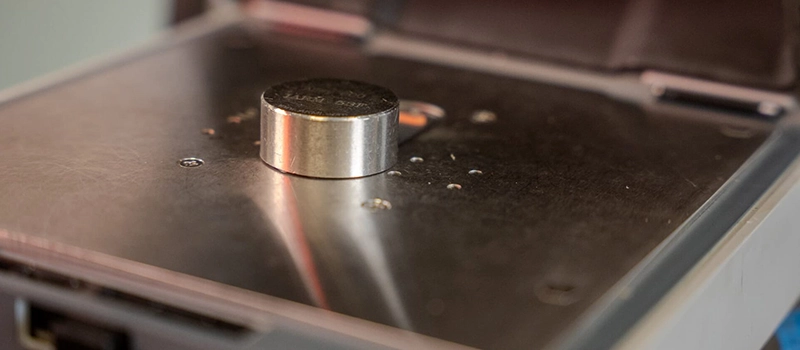
Fully Automatic Metallographic Analyzers
These systems are designed for high-throughput production environments. They can load, focus, capture, and analyze samples with minimal operator input. Some are even integrated directly into production lines for real-time quality monitoring.
In factories with large casting or forging lines, this setup reduces human error and speeds up inspection dramatically. However, the investment is higher, and it requires a stable, repeatable process to justify the automation.
Application in Casting, Machining, Forging, and Sheet Metal
The real value of a metallographic analyzer is seen on the production floor—where metal parts move from raw material to final product. Each process has its own set of risks. Without internal inspection, those risks turn into defects, rework, or worse—field failures. We use the metallographic analyzer at multiple stages, especially in casting, machining, forging, and sheet metal, to prevent those issues from reaching the customer.
Casting Inspection
Casting is prone to internal defects. Even when the surface looks perfect, problems like porosity, segregation, or shrinkage cavities often lie just below. We’ve had cast parts that passed dimensional checks and visual inspection but failed under load. Metallographic analysis showed voids near grain boundaries—defects invisible without cross-sectional inspection.
Now, we test a sample from every casting batch. The metallographic analyzer helps us verify grain size, detect internal shrinkage, and check for non-metallic inclusions. This reduces our rejection rate and catches material problems before they become assembly issues.
Machining Validation
Machining starts with solid material, but cutting, drilling, or milling can introduce heat-affected zones or microcracks—especially when pushing cycle times. We’ve seen cracking develop in machined threads, only visible after metallographic testing revealed stress at the subsurface level.
We use the analyzer to validate edge quality and check grain flow near machined areas. If we change tooling or feeds, it helps confirm whether the microstructure is still within spec. For critical parts like shafts or housings, this adds another layer of confidence before shipment.
Need Help? We’re Here for You!
Forging & Heat Treatment Monitoring
Forging refines the grain structure and improves part strength, but only if the process is controlled. Poor die alignment, overheating, or inconsistent pressure can lead to fiber distortion and weak zones. In one batch of forged brackets, we found unexpected failure during bend testing. The metallographic analyzer revealed misaligned grains at the load-bearing point.
Now, we routinely inspect forged samples to ensure proper grain flow and phase distribution post heat-treatment. It also helps us compare the results of different forging temperatures or quenching methods, supporting continuous improvement in strength and reliability.
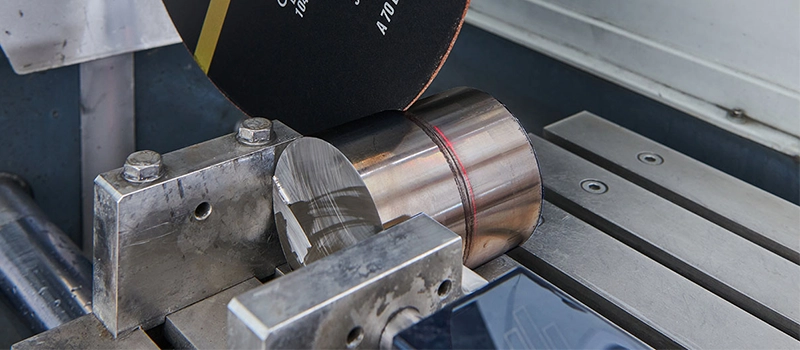
Sheet Metal Quality Control
In sheet metal, defects tend to be subtle—like micro-tears from over-forming or inconsistent grain direction from rolling. These issues may not affect early use but often cause failures under stress or fatigue.
We use the metallographic analyzer to inspect microstructure after bending, stamping, or deep drawing. This shows whether the material was overstressed or whether cracks are forming below the surface. It’s also useful when switching suppliers—we verify that the base sheet meets grain orientation specs before putting it into production.
Each of these applications shows why surface checks alone aren’t enough. Internal integrity matters just as much, especially when parts go into high-load environments. The metallographic analyzer gives us the ability to confirm that what’s inside matches what the drawing and material certificate claim.
Conclusion
In metal manufacturing, surface inspection can only go so far. The metallographic analyzer gives us what visual checks can’t—clear insight into the internal structure of our cast, machined, forged, and sheet metal parts. It has become one of the most practical tools in our quality control process.


